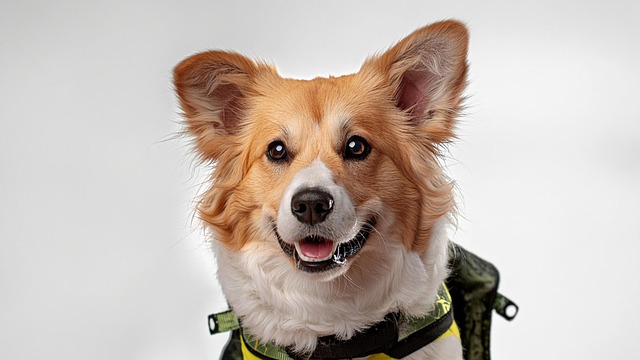
What vitamin is good for dogs' skin
Seeing your dog constantly scratch or noticing dry, flaky skin can make you wonder if a simple vitamin might be the solution.
It’s a sunny Saturday morning, and you’re excited to take both your pups for a stroll around the neighborhood. But halfway down the block, your older dog suddenly snaps at the younger one, teeth bared, and chaos erupts. If this sounds familiar, you’re not alone. Many new dog owners in the U.S. wonder: Why does my dog attack my other dog on a walk? Let’s break down the reasons and how to fix it.
Dogs act differently on walks than they do at home, and much of this boils down to instinct. When leashed, their “territory” shrinks to the space around them, and they may feel trapped if another dog (even a housemate) gets too close. This can trigger resource guarding—they see the leash, the path, or even you as something to protect. Fear is another driver: a loud noise, a stranger passing by, or a sudden movement might scare one dog, and they lash out at the nearest target (your other pup) because they can’t escape. My neighbor’s two Beagles, Lucy and Max, get along fine indoors, but Lucy nips at Max on walks when kids on bikes zoom past—she’s scared, and he’s in the way.
To stop this, start with controlled introductions on walks. Keep them on separate leashes, at least 3 feet apart, and walk in a straight line. When they stay calm, reward both with treats (positive reinforcement works wonders here). Gradually shorten the distance over days, stopping if either tenses up. Use a “watch me” command—hold a treat to your face, say “watch,” and reward when they make eye contact. This redirects their focus from each other to you. Avoid busy times for walks; early mornings or weekday evenings mean fewer triggers like crowds or loud dogs.

In the U.S., safety and compliance matter. Ensure both dogs are up-to-date on rabies vaccines (required by all states for dogs over 4 months; fines reach $300 in California for lapses). If attacks happen, some cities require a “behavioral assessment” from a vet to rule out health issues. When cleaning up after them, carry two poop bags—one for each dog—and dispose of waste properly; cities like Chicago fine $150 for leaving messes.
Never punish a dog for attacking on walks. Yelling or hitting (illegal in most states) amps up their stress, making aggression worse. Instead, stay calm, separate them gently, and end the walk if tensions rise. In apartments, practice “calm exits”—wait until both dogs sit quietly before opening the door, reinforcing that walks start with peace.
With patience, most dogs learn to walk together peacefully. It’s not about “dominance”—it’s about helping them feel safe, one step at a time.

Seeing your dog constantly scratch or noticing dry, flaky skin can make you wonder if a simple vitamin might be the solution.

If you’re a new dog parent in the US—maybe you’re sitting on your Portland apartment couch, staring at your 1-year-old Australian Shepherd

If you’re a new dog parent in the US—maybe you’re sitting on your Atlanta apartment floor, holding your 6-week-old Beagle puppy, Daisy, who’s curled up in your lap

If you’re a new dog parent in the US—maybe you’re standing in your Denver apartment’s kitchen, staring at a bag of high-quality puppy kibble and a bottle

Seeing your puppy grow daily is amazing, and it’s natural to want to give them every advantage, including supplements.

Brown stains on white dog fur aren’t just unsightly—they can also hint at underlying issues like tear duct irritation or poor grooming habits, which matter even more when you’re following local pet care laws.